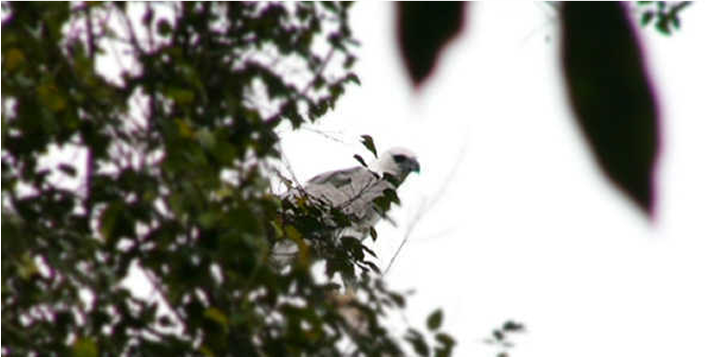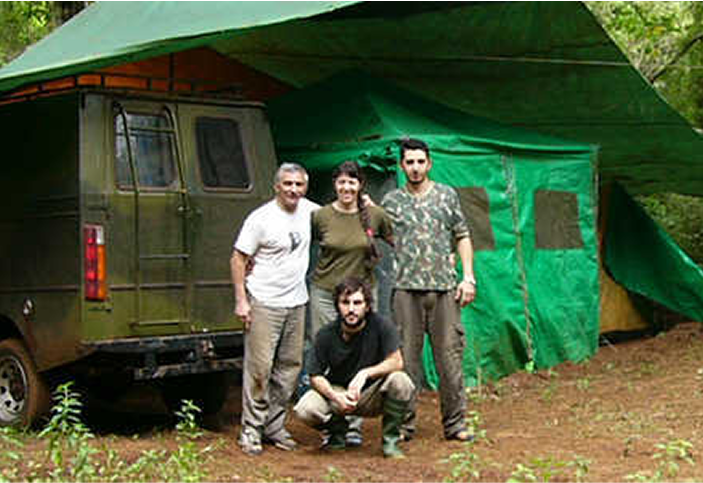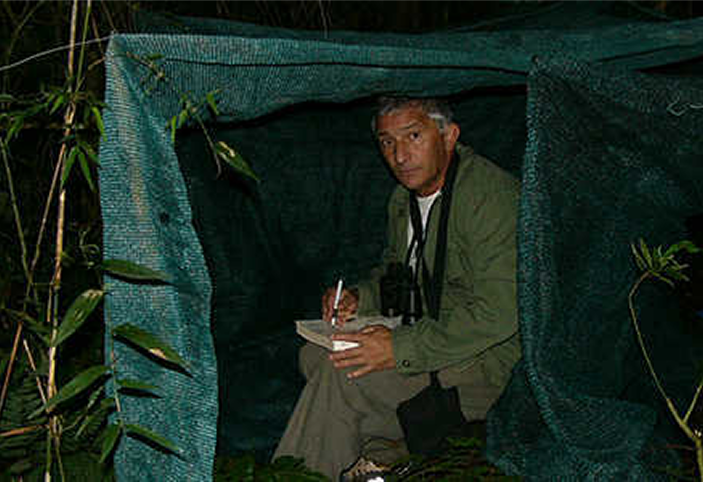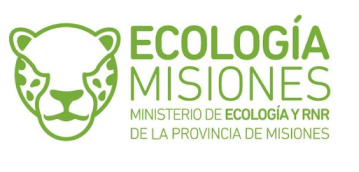
harpy eagle
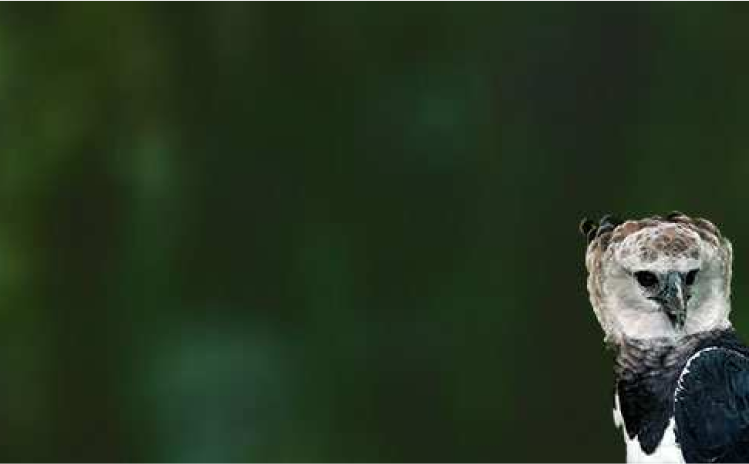
harpy eagle
This project aims to conduct field surveys to determine the population status of the most powerful eagle in our country.
LEARN ABOUT THE HARPY EAGLE’S HISTORY IN MISIONES
The harpy eagle’s history in Misiones is very recent. Although mentioned by naturalists and adventurers in the last century, little was known about it.
The first nest of the species was officially found in 1987. From then on, sightings began to occur, and other nests were discovered.
Various studies have revealed that the nests are generally located halfway up hills, close to stream tributaries. However, after these findings, there was a 10-year period during which there was no news of the harpy eagle in Misiones.
In 1999, we conducted a series of surveys and interviews with settlers in the Pozo Azul area, as well as in the heart of its mountainous area, as data had indicated the presence of at least two or three nests there. We confirmed the existence of one nest, but the tree had been cut down intentionally to remove the chick, which, according to reports, was taken to Brazil. The other two nests could not be located, but evidence of adult harpy eagles killed by settlers was found.
In September 2003, a feather was found in the reserve that Fundación Vida Silvestre has next to the Urugua-í Stream. It was the primary feather of a male harpy eagle. Shortly thereafter, just 3,000 meters from where the feather was found, an employee of the Alto Paraná forestry company, while conducting a topographic survey of the Juanita stream, briefly filmed a “large eagle” perched on a tree. He sent us the footage, and we confirmed that it was indeed a juvenile harpy eagle.
In March 2004, we decided to enter the area where the juvenile had been sighted, together with a group of volunteers from the Félix de Azara Foundation. We were pleasantly surprised to find the chick perched on a tree at mid-height, just 30 meters from where it had been filmed in December 2003.
The group remained near the site of the discovery for 15 days to observe the movements of the juvenile.
After staying in the area, we began making periodic visits and set up a permanent camp with the goal of finding the nest, which was believed to be nearby.
The rugged terrain made the task difficult, but during the search, the juvenile was repeatedly observed. We began to track its movements, which allowed us to determine that we were getting closer and closer to the nest.
Fortunately, in May 2004, we found the nest high up in a large Brazilian earpod tree. It was located on a branch of considerable size, and the number of branches it was made of suggested that the nest was old but remained active. This was confirmed by fresh droppings and bones found under it.
A few metres from the nest, at the foot of another giant tree, we found regurgitated pellets containing the remains of a capuchin monkey, a white-eared opossum, and a Brazilian porcupine.
From that moment on, more volunteers from the Félix de Azara Foundation joined us to help monitor the eagle. However, the rains began at the same time, preventing us from working on a daily basis, which is why we left the area at the end of October 2004.
We made contact with the juvenile again in December of the same year. The data we obtained was very valuable, as it helped us to understand the chicks’ needs once they left the nest. This enabled us to gather information about their movements.
Combined efforts are needed to study and monitor the southernmost population of this species in the world. The creation of the Misiones Green Corridor offers hope that the harpy eagle, which remains closely linked to the depths of our forests today, will continue to live there and continue to surprise us and those who come after us, too.


